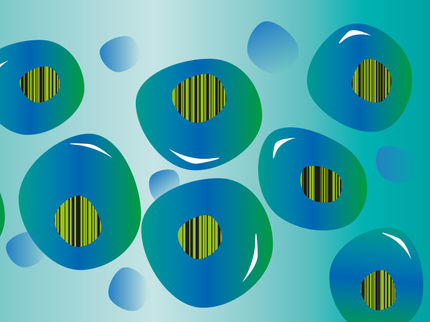Is the physics of red blood cells in bats a key to "artificial hibernation" for humans?
The new findings could contribute towards the development of new medical treatments
Advertisement
The mechanical properties of red blood cells (erythrocytes) at various temperatures could play an important role in mammals’ ability to hibernate. This is the outcome of a study that compared the thermomechanical properties of erythrocytes in two species of bats and humans. The study was published in October 2024 in the scientific journal PNAS. The new findings could contribute towards the development of new medical treatments.
Hibernation is common for mammals, especially bats, and even some primates hibernate. In this current study, the interdisciplinary team of researchers from the University of Greifswald, University Medicine Greifswald, the TU Dresden, the Friedrich-Loeffler-Institut, Federal Research Institute for Animal Health (FLI) and the German Center for Cardiovascular Research (DZHK) compared the mechanical properties of hundreds of thousands of individual erythrocytes from a hibernating native bat species, the common noctule (Nyctalus noctula), a non-hibernating bat species, the Egyptian fruit bat (Rousettus aegyptiacus), and healthy human donors. Data was collected for temperatures between 10 °C and 37 °C.
In all three species, the individual erythrocytes became more viscous when the temperature of the blood samples was lowered from a normal body temperature of 37 °C to a temperature of 10 °C, which is typical for temperatures in hibernating mammals. The observed behaviour is a result of the properties of the cell membrane and is much more evident in both bat species than in humans. Interestingly, this special adaptation in bats is not only down to seasonal fluctuations such as changing diets and surrounding temperatures.
Humans are unable to significantly lower their core body temperature in order to save energy. Based on the collected data, it could be possible in the future to develop pharmaceutical methods that change the mechanical properties of human erythrocytes, in order to optimise the blood circulation in artificially induced states similar to hibernation. If this were successful, the dream of hibernation for extended space missions could also come a step closer.
Original publication
Bob Fregin, Mohammed Faruq Hossain, Doreen Biedenweg, Virginia Friedrichs, Anne Balkema-Buschmann, Marcel Bokelmann, Kristin Lehnert, Dominic Mokbel, Sebastian Aland, Carsten C. Scholz, Philipp Lehmann, Oliver Otto, Gerald Kerth; "Thermomechanical properties of bat and human red blood cells—Implications for hibernation"; Proceedings of the National Academy of Sciences, Volume 121, 2024-10-14

























































